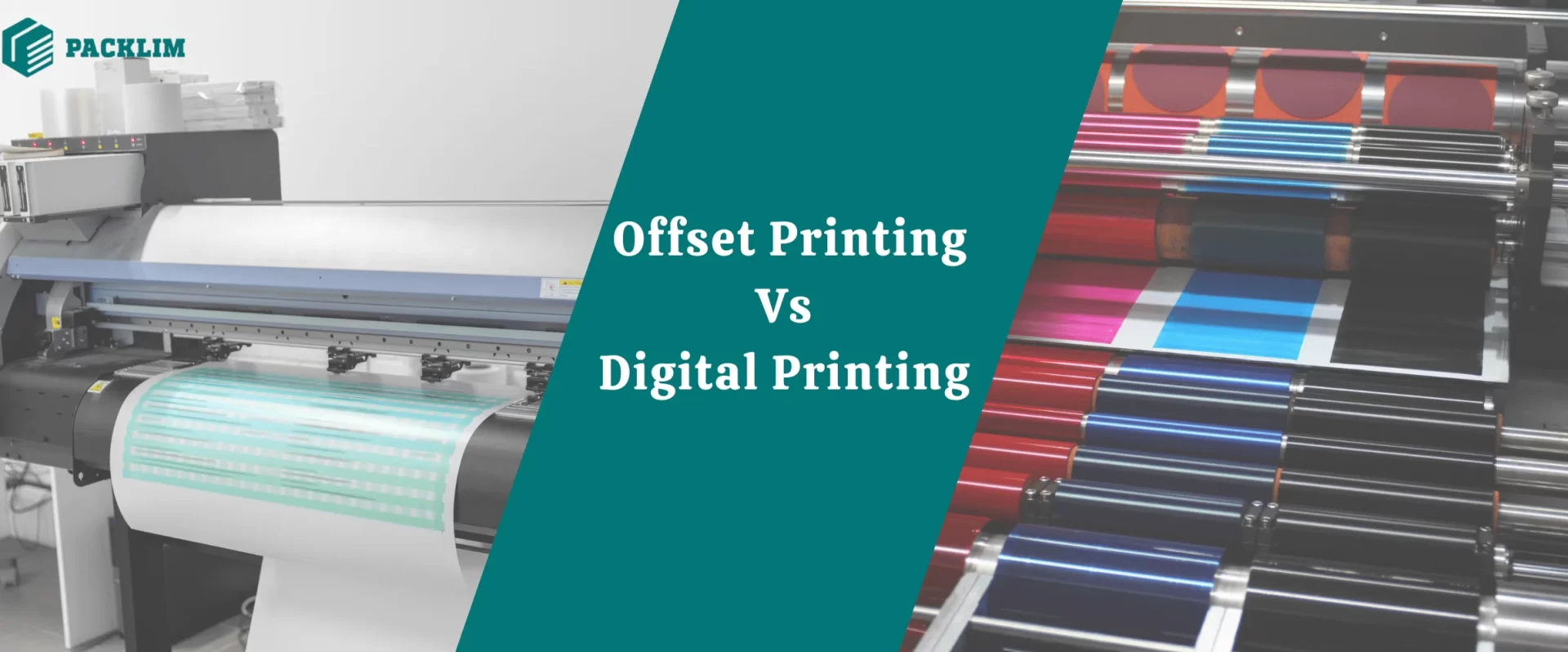
Differences Between Offset Printing Vs Digital Printing
Digital vs offset printing are a significant part of marketing in modern times. Choose the right technique for printing business cards, posters, and more. The right method significantly impacts the quality, affordability, and functionality. These two are the common printing methods. Each method comes with its own set of pros and cons. Here you will understand the differences of offset printing vs digital printing technique. Make an informed decision that best aligns with your printing needs.
What is Offset Printing?
The trend offset printing method is also called offset lithography. It is a traditional method that has been used for many decades. It involves transferring ink from a plate to a rubber blanket. Then it transfers the ink onto the printing surface. The ink is not directly transferred to the paper but is first offset to the rubber blanket.
Benefits of Offset Printing Technique
- Excellent Results: Offset printing vs digital printing is renowned for its excellent image quality. It produces sharp and clean images with rich colors. Best suitable for projects where precision and detail are required. Such types of printing get better results in the design of custom waffle boxes, custom ice cream boxes and custom cone sleeve.
- Cost-Effectiveness: Offset vs digital printing becomes very economical for large print runs once the initial setup is done. The more you print, the lower the cost per unit becomes. It is an excellent choice for bulk printing.
- Color Consistency: it uses Pantone color matching to ensure consistent and accurate color reproduction during the printing process. It is one of the important features of custom printed boxes.
Note: Offset Printing is mostly used for fast food packaging such as custom burger boxes, pizza boxes and custom hot dog boxes.
Disadvantages of Offset Printing
- Longer Setup Time: It requires custom plates for each job which is time-consuming and costly. Less suitable for short-run printing that needs fast turnaround times.
- Higher Initial Costs: it has higher upfront costs compared to digital printing. Thus, it makes it less economical for smaller projects.
- Limited Customization: customization in this technique to the print design can be difficult and expensive.
What is Digital Printing?
Digital vs offset printing is a modern printing method. It involves transferring a digital image directly onto the printing surface. It uses inkjet or laser printers. There are no plates involved, unlike offset printing. This process is much more straightforward.
Advantages of Digital Printing
- Quick Turnaround: Digital printing is much faster than offset printing. There is no need to create a custom plate and is ideal for projects with tight deadlines.
- Cost-effective for Small Runs: it is more economical for small runs. There are no setup costs involved and you can print copies as you need.
- Flexibility: this printing method allows for easy customization. Ideal for customizing marketing materials such as direct mail campaigns, invitations, and variable data printing.
- Sustainable: It generates less waste compared to offset lithography. There is no need for plates. It uses less material and less ink to generate.
- Print on Demand: in this technique, you can print only what you need when you need it. It reduces the need for storage and minimizes waste from unused prints.
Disadvantages of Digital Printing
- Limited Color Accuracy: digital printing has improved significantly over the years. It doesn’t offer the same level of color accuracy and consistency as the offset method.
- Costly for Large Runs: it becomes more expensive per unit and less economical for bulk orders.
- Limited printing surfaces: Digital printing is limited to paper and a few other materials and can handle a wider range of surfaces.
- Lower Quality on Certain Prints: It may not deliver the same level of detail and sharpness. Ideal for high-resolution images or complex designs.
Which Printing Method Is The Best Option?
The choice between digital vs offset printing depends largely on the volume, timeline, budget, and desired print quality.
- Offset printing is likely the better choice if you’re printing a large quantity of materials. It offers cost-effectiveness at scale and superior quality.
- Digital printing is ideal for smaller print runs. It offers fast turnaround and flexibility.
- If your project needs customization then digital printing is the clear winner. This is ideal for marketing materials.
- Offset printing will give you the best results if your project demands the highest quality and color consistency.
- Digital printing is more cost-effective than offset and it does not compromise quality.
Conclusion
Let’s conclude this exploration between digital vs offset printing. They have their unique strengths and are best for different types of projects. Understand the benefits and limitations of each to choose the best printing method for your needs. Offset is the best solution for high-volume and high-quality prints. For smaller, more flexible, and quick-turnaround projects, digital printing is convenient and economical. Carefully consider your project’s specific requirements and select the printing method. Both of them provide the best balance of quality, cost, and efficiency.
